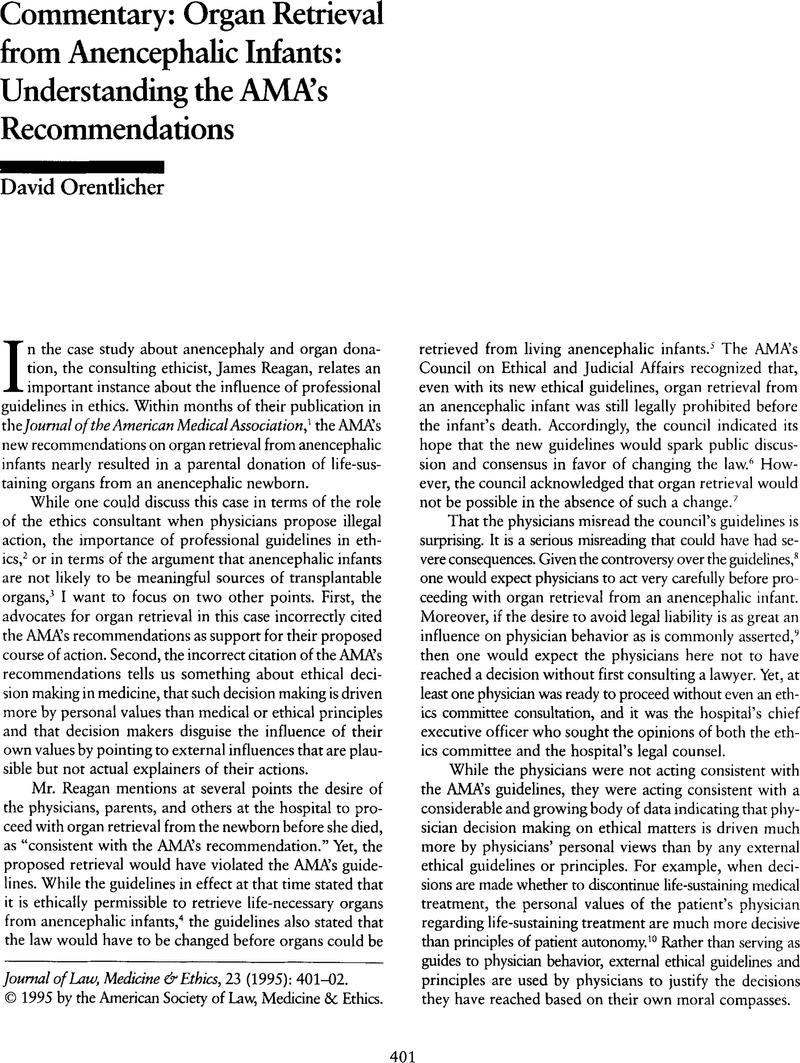Crossref Citations
This article has been cited by the following publications. This list is generated based on data provided by Crossref.
Khan, Faza
and
Lea, Brian
2009.
Paging King Solomon: Towards Allowing Organ Donation from Anencephalic Infants.
Indiana Health Law Review,
Vol. 6,
Issue. 1,





